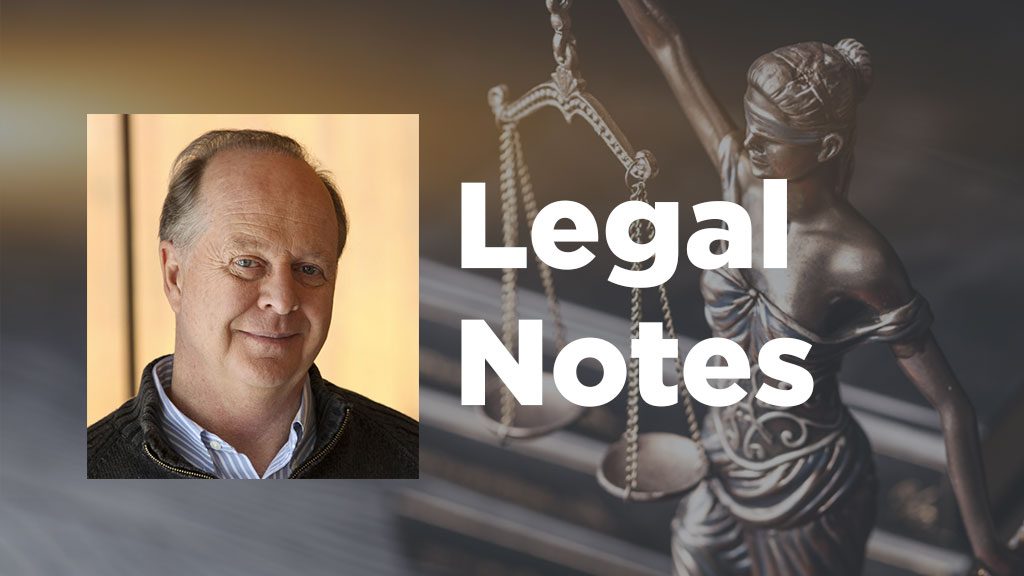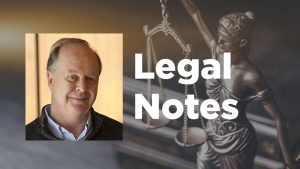Surety bonds are financial instruments transferring project risk to a third-party insurer, thereby providing assurances to lenders, subcontractors and suppliers. Under Ontario’s Construction Act, at least 50 per cent of any public contract exceeding $500,000 must be secured in this manner.
However, there is an out for surety bond issuers. It’s called rescission. Should parties find they have been improperly induced to enter a contract, rescission is meant as an equitable remedy putting parties back to their initial prior positions.
Before applying rescission, the court must determine two things, writes Sabrina Saltmarsh ofGilbertson Davis LLP. Is it, in fact, possible for the parties to be restored to their pre-contractual position? And if so, what about possible unavoidable prejudice or adverse effects on third parties?
A recent decision by the Ontario Court of Appeal has determined that neither of these necessarily stands in the way of rescission. This has sent concern through the construction industry.
AsGowling WLGpartner Sahil Shoor, associate Jeramie Gillichan, and articling student Fabiola Alvarez write, “This decision reduces the reliability of surety bonds in an industry that depends on these assurances.”
Specifically, the question posed to the court of appeal was whether fraudulent misrepresentations and collusion permit a bond issuer to rescind a bond agreement, even if the rights of innocent third parties are affected.
The case in question surrounds the construction of a $301 million public-private redevelopment project for a 17 storey patient care facility at St. Michael’s Hospital in Toronto. Bondfield Construction Company was named the general construction contractor.
Bondfield subsequently obtained the two required surety bonds; a $156 million performance bond and a $142 million payment creating an express trust under which appellant subcontractors could claim. Both bonds were issued by Zurich Insurance Company. Zurich was named as surety, Bondfield as principal, and a Bondfield subsidiary, the Bank of Montréal and the hospital as obligees.
Shoor, Gillichan and Alvarez describe how as Bondfield struggled to meet payment deadlines, Zurich acted on the bond and paid some of the subcontractors and suppliers. They also signed ratification agreements with subcontractors and suppliers confirming amounts owing. Also signed were agreements concerning recommencement of work, discharge of lien rights and agreements stating subcontractors agreed to be bound by the subcontract to Zurich as if they had entered into the subcontract with Zurich.
As Bondfield continued to experience financial difficulties, BMO, as administrative agent for the lenders, had a receiver appointed under a court order to call on the performance bond.
Zurich then uncovered communications between Bondfield and hospital representatives allegedly suggesting Bondfield had secured the project contract due to fraudulent misrepresentations and collusion. Zurich ceased paying subcontractors and suppliers and commenced an action seeking a declaration that both bonds be rescinded. Its position was, had they known about the fraud, it would not have issued the bonds. Zurich also wanted the return of monies already paid out.
The appellant subcontractors and BMO appealed, seeking a declaration that Zurich could not rescind the bonds. They said doing so would affect their rights as innocent third parties and therefore the law of rescission was not available.
在驳回上诉人的arguments, Justice Thorburn ruled the rights of innocent third parties must be flexible and must allow for what would be “practically just” under the circumstances.
“Even when the parties cannot be restored precisely to the state they were in before the contract was signed, courts may still grant and tailor rescission remedy because rescission is an equitable remedy focused on practical justice, not rigid technicalities.”
The Bondfield situation is not yet resolved entirely and remains to be decided by a trial judge at a future date.
However, as Shoor, Gillichan and Alvarez write, “the ruling leaves open the unsettling possibility of bonds being rescinded, leaving subcontractors, suppliers and lenders vulnerable. The court’s decision will impact the willingness of subcontractors, suppliers and lenders to rely on the assurances of bond insurers in future public infrastructure projects.”
John Bleasby is a Coldwater, Ont.-based freelance writer. Send comments and Legal Notes column ideas toeditor@dailycommercialnews.com.









Recent Comments
comments for this post are closed